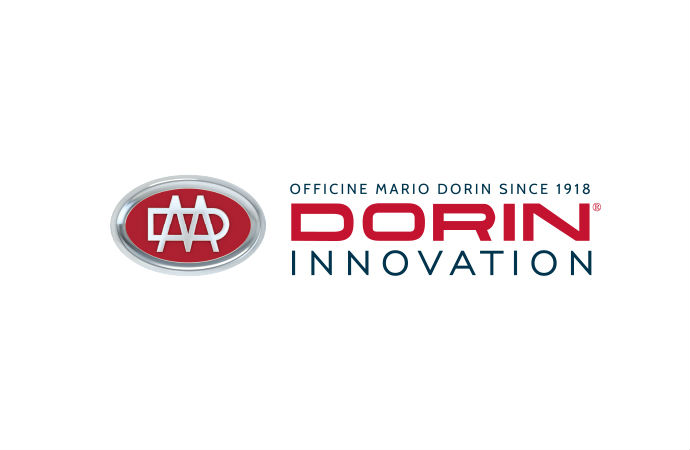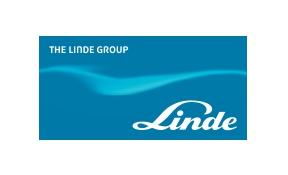In less than 2 months, Australia will face a carbon equivalent price that will be imposed on imports of hydrofluorocarbons (HFCs) increasing their cost by more than 300%. The dramatic price rise is believed to increase the uptake of technologies relying on low GWP refrigerants such as hydrocarbons, ammonia and CO2. Whilst part of the refrigeration and air-conditioning industry is concerned, others see a great growth potential.

Under the Clean Energy Future (CEF) legislation, the Australian Government will introduce a carbon charge to the import of synthetic greenhouse gases including HFCs as of 1 July 2012. At the beginning the carbon charge will amount to about €17 per tonne of CO2 equivalence, rising progressively over the years.
HVAC associations take different positions
In a recently published communiqué to Government, the Australian Institute of Refrigeration Air Conditioning and Heating (AIRAH) expressed concerns of the RAC industry it represents in relation to the upcoming HFC charge by saying that the price rise will have a “dramatic and unexpected” effect on many non-household sectors, such as food retail, refrigerated transport or agriculture.
Tim Edwards, President of the Australian Refrigeration Association (ARA) is on the other hand confident that “the levy will cause growth in the HVAC&R industry for those that embrace the opportunity”. The association estimates that over the next ten years the initiative would be reflected in as much as 5-7% incremental growth per annum.
“These solutions have been proven worldwide and are available in Australia. Large multinational organisations like Unilever, Coca Cola and Woolworths have recognised and committed to reduce their emissions by adopting low GWP HVAC&R solutions”, said Mr Edwards.
Strong need for training and licensing extension
While recognising that so far the industry as a whole has not communicated a united view on the effective and efficient implementation of the HFC levy to the Government, Mr Edwards stressed that “there is a need to work with Government to establish new standards and licencing programs and to establish ongoing, dramatically larger education and training capabilities, funded by CEF, to support the transition”.
Similarly, AIRAH points out in the communiqué that “without adequate awareness, education and training, the HVAC&R industry faces serious workplace health and safety issues”.
Funding to facilitate transition
The Australian refrigeration and air conditioning industry will contribute around $300 million (around €232 million) under the levy being introduced. Under the Clean Energy Future legislation a number of funding programmes will be made available to the industry such as the Clean Technology Investment programme, the Clean Technology Innovation programme, the Clean Energy Finance Corporation and many other related sources of funding.
AIRAH has stressed that “a portion of the revenue should be invested to assist in the transition to becoming a low-emission industry” and has called on the Government to allocate $60 million (around €46 million) a year for this purpose.
MORE INFORMATION
Related stories














